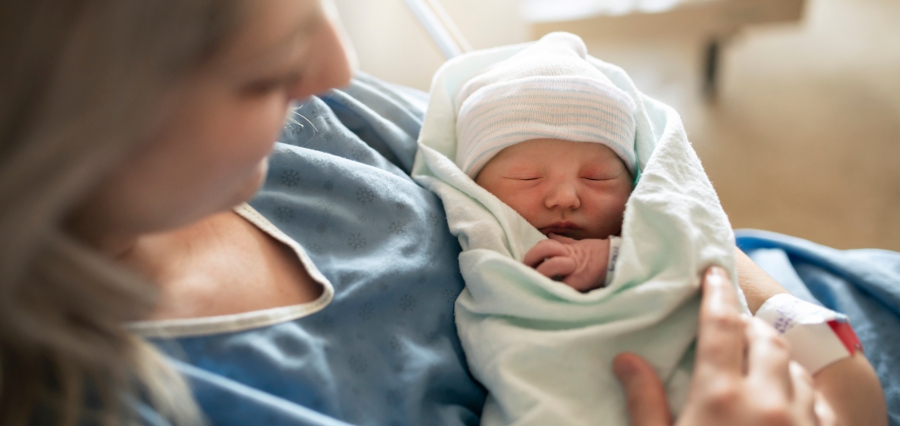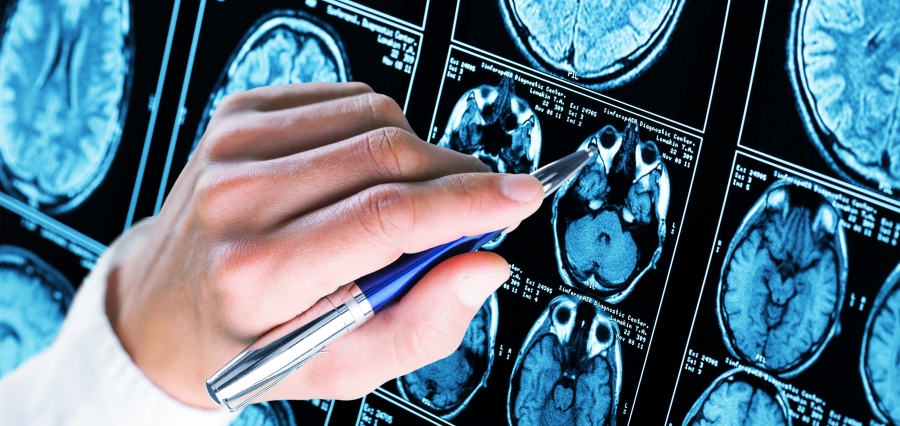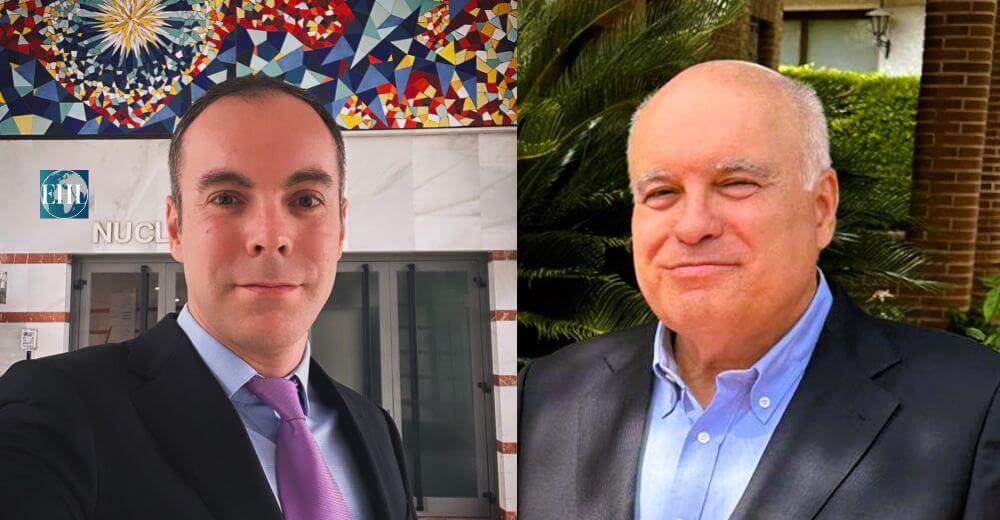How is Technology being Used today?
Surely everyone has seen a police officer or firefighter with a camera attached. You probably know someone, or maybe own the dashboard car camera yourself. During the COVID-19 pandemic, most people learned to meet online, where you also use a camera. There are countless examples like this.
Did you know that in healthcare, where patient safety is paramount, there are many rules concerning patient safety (hygiene rules, electrical safety regulations, etc.), but the potential that cameras bring us is still underestimated, and it’s not just about safety.
What is Telemedicine?
According to (Mechanic, Persaud, and Kimball, 2022), telemedicine is the use of technology on a virtual platform to deliver health information for the purposes of prevention, monitoring, and healthcare. They divided telemedicine into three categories: synchronous (real-time data sharing, such as live connection with a patient or a team of doctors during a procedure), asynchronous (recording is stored and later used), and remote monitoring (continuous evaluation of the patient’s clinical status).
Most people today, when they hear the term telemedicine, simply think of an app that connects them with a doctor for an initial diagnosis. The main advantages of this are well-known.
However, I would like to focus more on telemedicine that is not as accessible to the general public and is not widely known.
What is the Environment in Operating Rooms?
Operating rooms vary in their level of technical equipment depending on economic capabilities, but even so, many surgeries today are performed endoscopically. That means that many operating rooms are equipped with cameras that are part of surgical endoscopy, newer types of microscopes or operating lights.
Despite the availability of live image, the use of telemedicine itself is not widespread. Although even that there are departments and hospitals that record all surgeries and regularly conduct live consultations but there are still many more that do not.
Doctors most often record only interesting surgeries or even more usually just the most interesting parts. This footage is then used for demonstration some curiosity or as material for presentations.
Live connections with someone outside the operating room are mostly for one-time events such as congresses, workshops, etc.
What Benefits can the Increased use of Telemedicine bring to Patient Care?
The first thing that comes to mind for everyone is forensic reasons. This is a double-edged problem because doctors and hospitals fear that patients might sue them, but on the other hand, if they are sued and there is clear evidence on video that they did not make a mistake, it is advantageous for them.
There are many other benefits that telemedicine in operating rooms can bring. Allow me to share my own experiences from workplaces where telemedicine is used daily:
- Identifying problematic doctors: At a certain clinic, a doctor who did not meet the required standards was considered a ticking time bomb by the management. Until they installed a recording system, they couldn’t fire him because they couldn’t prove his incompetence.
- Live consultation with inexperienced colleagues: The head doctor in a smaller hospital has a very young and less experienced team. The head physician is always available for consultation because he requires his colleagues to seek advice rather than make rash decisions. Thanks to telemedicine, he can advise them remotely and be available at any time.
- Improving knowledge and skills among colleagues: Since not all doctors on the department are present in the operating room, they use doctors’ meetings to review interesting moments for their educational growth and to discuss further steps of the care.
- Describing procedures to patients: Doctors use tablets to show footage from surgeries to the patients and explain the procedures performed. This gives patients a better understanding of their health status and enhances the hospital’s transparency and trustworthiness.
- Saving lives: In one hospital, a patient experienced severe unexplained difficulties after a routine surgery, and her condition worsened. Upon reviewing the video of the surgery, it was discovered that a needle had been left inside the patient. Thanks to timely intervention, the patient fully recovered.
- Reducing infection risk and teaching: In a university hospital, live lectures from the operating room or exam room are conducted. Instead of a few students observing the surgery in the operating room, several hundred sit in a lecture hall. This reduces the infection risk in the operating room and the patient’s stress, who might feel uncomfortable in the presence of increased number of people.
I could continue with examples of work process efficiency, safety, research, and much more.
Despite this, most doctors face several issues regarding why surgeries are not regularly recorded or why surgeries are not consulted live. Often, it is due to the time-consuming nature of operating the recording and live connection equipment.
It is essential to realize how crucial it is for this type of systems to be helpful and ease the work of doctors rather than add another workload. Therefore, the quality of the system that hospitals purchase is crucial. Hospitals often underestimate the importance of these systems and frequently buy technology that at the end no one is using because it complicates work instead of simplifying it. It is automatically assumed that the more expensive system is better, but this is not always true. There are many expensive systems that do not achieve the same quality as cheaper ones.
The best systems today can record almost every surgery without significantly burdening users and doctors. These systems can initiate a live connection with a single click, similar to commonly available applications. The difference between being physically in the operating room and connecting remotely is minimized (in case the hands are not needed). The best systems today can provide all available information that the doctor has in the operating room to a remote consultant in real-time without major technological limitations. The same applies to video recordings, which can provide a view from the operating room almost as if you were actually there.
I believe that telemedicine in operating rooms will become an essential part, just as endoscopes or mobile operating tables are today.
About the Author
Even though Matúš Baláž’s goals in his youth were more related to elite sports, he became more interested in healthcare technology during his teenage years, partly due to his life story. Since 2023, he has been the CEO of the successful company Medirecord, which deals with video processing and streaming in healthcare. He continues to plan to bring new innovative elements to telemedicine.









